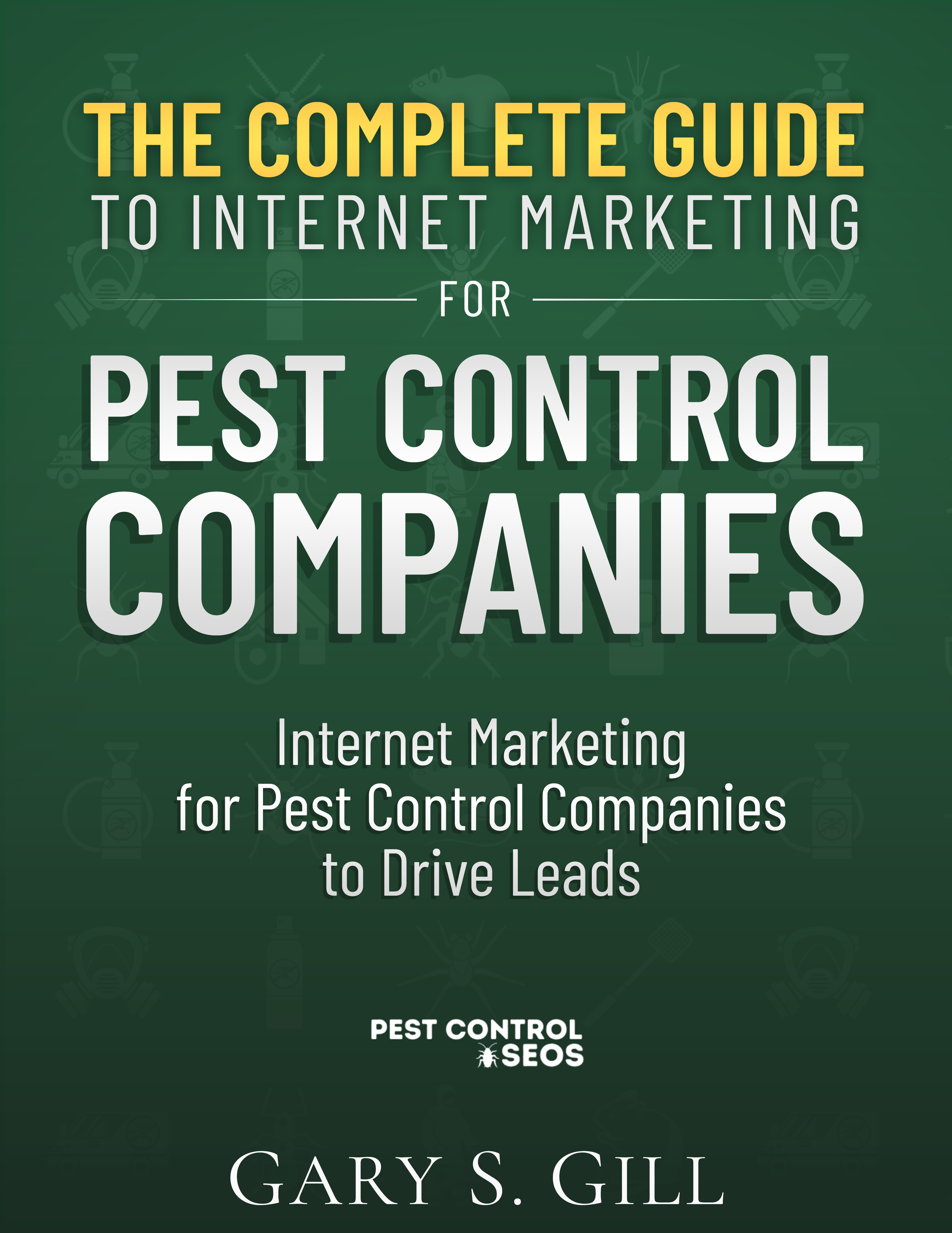Creating a high-performing content strategy in the pest control industry requires more than keyword research and blogging schedules. Timing and relevance play just as critical a role in connecting with the right audience at the right moment. One of the most effective ways to align your marketing efforts with actual customer behavior is by leveraging seasonal pest trends.
In this article, we’ll break down what seasonal pest trends are, why they matter, and how pest control businesses can use them to create timely, relevant, and lead-generating content throughout the year.
Seasonal pest trends refer to the predictable patterns in pest activity that change depending on the time of year, regional climate, and environmental factors. In colder months, rodents and other indoor-invading pests are more active, while spring and summer bring increased calls about ants, mosquitoes, termites, and stinging insects. Fall often sees a spike in spiders, stink bugs, and pests seeking overwintering shelter.
These patterns are not random. They’re well-documented and consistent across years, making them a reliable indicator of what your audience is thinking about and searching for at specific times. Whether it’s “how to get rid of carpenter ants in spring” or “why are mice in my attic in winter,” the timing of these searches aligns directly with pest behaviors.
By tracking these seasonal fluctuations, pest control companies can anticipate what potential customers are likely to need, search for, and engage with, allowing them to tailor their content to match these interests in real time.
Many pest control businesses make the mistake of publishing generic content without aligning it to what people are actively experiencing. A blog about mosquito prevention in January won’t generate the same traction as it would in May. That’s where seasonal pest trends become a key driver of a more effective content strategy.
Here’s how using these trends benefits your business:
When planned strategically, seasonal content positions your company as proactive, knowledgeable, and ready to meet customers' needs exactly when they arise. If you want your website to do more than just look good, start by learning how to turn your website into a true lead machine by aligning content with timely, service-driven search intent.
To effectively use seasonal pest trends in your content strategy, you need reliable data sources and tools that help predict what your audience is looking for. Fortunately, several platforms and tactics can provide that insight.
Key ways to track trends:
By analyzing these data points, you can build a content calendar that is backed by real trends, not guesswork, resulting in more consistent traffic and engagement.
Different types of content resonate during different seasons, depending on the audience’s needs and urgency. When using seasonal pest trends as your guide, vary your content formats to address both new visitors and returning clients.
Top content types to consider:
By diversifying your content and publishing it just before pest trends emerge, you stay one step ahead of the competition and build trust with your audience.
Creating timely content isn’t just about clicks, it’s about conversions. When your content reflects what a potential customer is experiencing in real time, it becomes a powerful lead-generation tool. However, timing alone won’t drive action. You need to include strong local signals, clear calls to action, and service-specific guidance that encourages the reader to take the next step.
Tips to turn seasonal content into leads:
When your content feels both timely and helpful, readers are far more likely to convert into booked appointments, consultations, or newsletter sign-ups. The most successful campaigns pair smart timing with proven blog strategies that attract real customers, not just readers. When your blog educates, engages, and guides, it becomes a tool that works long after publishing.
In the fast-moving world of digital marketing, timing is everything, especially in the pest control industry. Using seasonal pest trends to drive your content strategy is one of the smartest ways to stay relevant, attract qualified leads, and establish authority in your service area.
Rather than reacting to trends, plan ahead by building a content calendar that speaks directly to the changing concerns of your audience. The result? Better traffic, stronger engagement, and more business when it matters most.Need expert help creating a content strategy built around seasonal trends? Contact Pest Control SEOS to turn your traffic into loyal customers.

